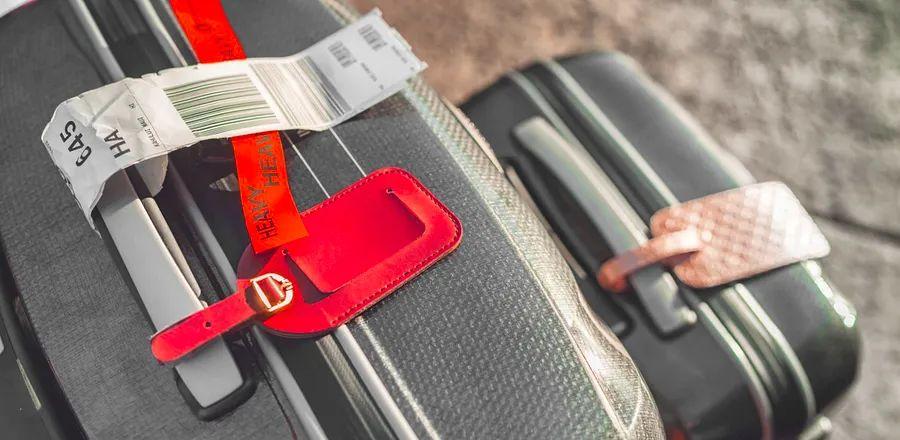The Essential Step to Take Before Checking Your Bag

Great news for travelers: The frequency of lost or mishandled luggage is decreasing.
A recent study by SITA, a tech company specializing in bag-tracking for airlines, reveals that lost or mishandled bags fell in 2023 from 7.6 to 6.9 bags per thousand passengers. This improvement comes even as passenger numbers climbed to 5.2 billion, exceeding 2019 figures for the first time in five years.
Despite the improvements, errors can still occur. Many travelers diligently attach tags with their details on their bags, but if these tags are torn, damaged, or removed—whether accidentally or on purpose—retrieving lost luggage can become difficult. However, a simple action can enhance your chances of getting your belongings back quickly: include your contact information inside your suitcase as well.
“Labeling your bag with your name and contact info, both outside and inside, is incredibly beneficial if your luggage is delayed, misplaced, or lost during your travels,” stated Nicole Hogg, director of product management at SITA, in an interview with Dinogo. “This makes it easier for airline personnel to identify the bag's owner, allowing them to provide the latest updates on its status and ultimately ensuring a quicker return of the passenger’s luggage.”
In cases of lost luggage, Hogg mentioned that airlines and travel authorities have procedures to inspect the inside of bags for identification. If your contact details are only on the exterior and those tags are lost, it can significantly delay the reunion with your belongings. While you can provide the airline with any identifiable characteristics of the bag and its contents when reporting a lost bag, there's still a possibility that the airline might identify the bag based on a thorough description without any internal contact info. However, each year, 1.8 million bags are permanently lost. Including a card with your name, phone number, and email inside your luggage acts as a backup and enhances the chances of a swift return.
(To avoid TSA agents cutting your luggage lock to access your bag, use a suitcase equipped with TSA-approved locks that allow them to open your bag with their master key.)
While this extra identification tip may not be widely known among travelers, some airlines do recommend it. For instance, Delta’s Frequently Asked Questions page states: “We require personal identification on the outside of all checked bags. We also suggest adding identification details inside, in case the external tags are lost.”
Make sure to place your information card in a visible spot inside your luggage, and consider laminating it or putting it in a clear plastic pouch to safeguard it from spills or damage. You might also want to include alternative contact numbers or details about your travel plans, like your hotel information. For extra precautions when traveling internationally, consider adding a translation of your contact information in the local language to assist local authorities in reaching you.
And although it seems obvious, ensure that your contact information is up-to-date and accurate. Outdated details can impede the process of reuniting you with your lost luggage.
Evaluation :
5/5



